The Opioid Crisis: What Mormons Need To Know
When we hear the word “opioid” we might think of TV shows like “Breaking Bad” or other hit cultural icons. I know I’ve seen my share of crime shows like “NCIS.” Well, we might not have the right paradigm. We need to think differently when it comes to opioids. It’s become a real problem. You can even call it a crisis or an epidemic. America consumes the most opioids for example. We need to figure this out.
For those of you who struggle with opioid addictions, I would suggest caution in reading this article. I will use drug related terms that may trigger people living in recovery. The last thing I want to do is push you back into an opioid addiction. Please be careful with all the media you consume, but this article in particular.
Because of the research I did on this topic, this article is naturally going to be a little bit heavier. If you prefer lighthearted articles, I would suggest reading about what Hagrid has to say about the Gospel. I’m not going to sugar coat anything in this article. I’m going to try and give as much information as possible. It won’t be perfect, but I will try and make it as comprehensive as possible. It’s an important topic, and I hope I do it justice.
What Are Opioids?
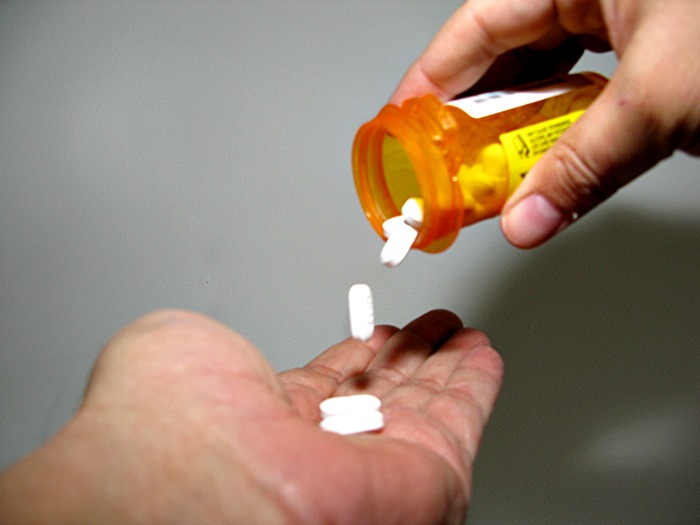 Opioids are synthetic derivations of the opiates or chemical painkillers. Opiates come from the opium poppy plant or its relatives. Opioids are engineered to do the same thing that opiates do. Because they are human-engineered, they sometimes carry unforeseen side effects that can be very dangerous. NEVER TAKE ANY OPIOID OR OPIATE WITHOUT THE SUPERVISION OF A LICENSED, EXPERIENCED, MORAL, AND WELL-DOCUMENTED MEDICAL PROFESSIONAL!
Opioids are synthetic derivations of the opiates or chemical painkillers. Opiates come from the opium poppy plant or its relatives. Opioids are engineered to do the same thing that opiates do. Because they are human-engineered, they sometimes carry unforeseen side effects that can be very dangerous. NEVER TAKE ANY OPIOID OR OPIATE WITHOUT THE SUPERVISION OF A LICENSED, EXPERIENCED, MORAL, AND WELL-DOCUMENTED MEDICAL PROFESSIONAL!
Your body actually produces opioids. They are called endogenous opioids, or endorphins. When we work out, and then we feel good, that’s because of endorphins such as dopamine. All opioids inhibit pain and promote pleasure. They move to the body’s nerve endings and fit into the endorphin receptors that then block pain. They are amazing, yet dangerous. Synthetic opioids do the same thing.
Opioids come in many forms. There are multiple examples such as morphine, Codeine, Percased, Lortab, Vicodin, and Heroin. Fentanyl and carfentanyl are two examples of particularly dangerous opioids whose use is on the rise.
How Do You Become Addicted?
 Innocuous
Innocuous
Some people are introduced to opioid addiction in very subtle, innocent ways. You might have someone who gets hurt, are put on pain meds, and then when the painkillers aren’t enough, they need more pain killers. The cycle continues until the pain of not having the drug is what fuels the cycle, and that’s when the addiction sets in.
I found that addiction, in general, is explained very well on naabt.org:
Our brains are wired to ensure that we will repeat life-sustaining activities by associating those activities with pleasure or reward. Whenever this reward circuit is activated, the brain notes that something important is happening that needs to be remembered, and teaches us to do it again and again, without thinking about it. Because drugs of abuse stimulate the same circuit, we learn to abuse drugs in the same way.
We are biologically wired to want what makes us feel good right now. Some are inherently more at risk at becoming opioid dependent than others, but the seeds of addiction lie within us all.
This means that even when we are prescribed opioid painkillers, we need to be extremely judicious with our usage. Some well-meaning health care professionals prescribe more pain killers than we need. We need to be wise in avoiding dependent behaviors.
The Drug Path
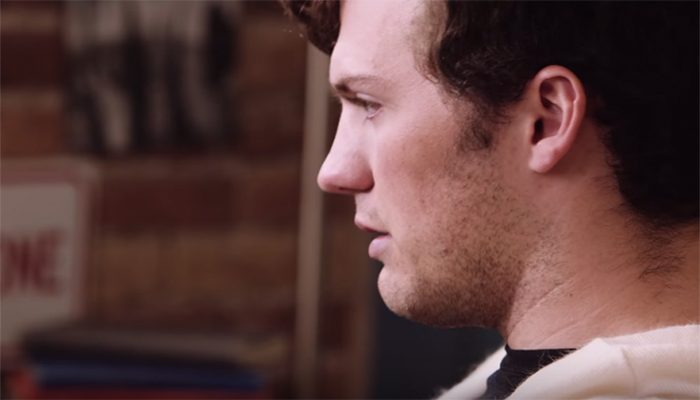 Most people don’t just decide, “I think today after a full life of drug sobriety I’m going to go try fentanyl!” It’s usually a process. I read a lot of articles like this one that shows the life path of opioid addicts. The great majority of them began at a young age either drinking alcohol or smoking marijuana. They then move to hard opioids. I think this points to a major fact that addiction is easily translatable. Alcoholism to opioid dependency isn’t that big of a stretch.
Most people don’t just decide, “I think today after a full life of drug sobriety I’m going to go try fentanyl!” It’s usually a process. I read a lot of articles like this one that shows the life path of opioid addicts. The great majority of them began at a young age either drinking alcohol or smoking marijuana. They then move to hard opioids. I think this points to a major fact that addiction is easily translatable. Alcoholism to opioid dependency isn’t that big of a stretch.
Because the body continually adapts, it habituates to the amount of drug introduced into the system. This means that the user has to continually up the dosage of opioid to get the same high. Often this ramping up will lead to an overdose which can cause serious health issues and even lead to death.
What Is Addiction?
 There are a lot of people who don’t think of addiction correctly. They might think of addicts as people who are mentally weak, do not care, immature, undisciplined, lazy, make excuses, or a number of other things. Let me be clear: addiction is not necessarily related to the aforementioned characteristics. You could be an addict and work harder than anyone else. Addiction is not just a character deficiency. It’s deeper.
There are a lot of people who don’t think of addiction correctly. They might think of addicts as people who are mentally weak, do not care, immature, undisciplined, lazy, make excuses, or a number of other things. Let me be clear: addiction is not necessarily related to the aforementioned characteristics. You could be an addict and work harder than anyone else. Addiction is not just a character deficiency. It’s deeper.
“Addiction is a brain disease.” It’s not just someone who hasn’t decided not to take drugs. It deals with a behavior that has chemically altered the brain. You know that feeling you get when you haven’t eaten for 8 hours. You get angry and hungry, your patience is not long-lived. That’s similar to how addicts feel when they haven’t had a fix…only they have it worse.
Since addiction is so complicated, there’s almost never an easy answer when it comes to recovery. Just not using isn’t gonna get the job done. Usually, addiction is itself a symptom of a deeper problem. Tiffanie DeBartolo once said:
“We’re all searching for something to fill up what I like to call that big, God-shaped hole in our souls. Some people use alcohol, or sex, or their children, or food, or money, or music, or heroin. A lot of people even use the concept of God itself. I could go on and on. I used to know a girl who used shoes. She had over two-hundred pairs. But it’s all the same thing, really. People, for some stupid reason, think they can escape their sorrows.”
We all want to feel whole. Addicts are just searching for what can fill them.
A Great Problem In America
 You might be sitting at home in your arm chair, sipping a cup of hot cocoa, five or six little marshmallows floating in it, as your son or daughter plays Beethoven on the piano. I don’t know. If that is you, you may or may not actually believe that opioids are the epidemic that I and many other people claim. Well, let me give you a few statistics.
You might be sitting at home in your arm chair, sipping a cup of hot cocoa, five or six little marshmallows floating in it, as your son or daughter plays Beethoven on the piano. I don’t know. If that is you, you may or may not actually believe that opioids are the epidemic that I and many other people claim. Well, let me give you a few statistics.
- “Nearly 1.3 million Americans landed in the hospital in 2014 due to opioid abuse, representing a 64 percent increase in inpatient admissions and a 99 percent increase in emergency room visits since 2005.“
- Around 91 people die from an opioid overdose a day in the United States.
- Drug overdose is the leading cause of accidental death in the US, with 52,404 lethal drug overdoses in 2015. Opioid addiction is driving this epidemic, with 20,101 overdose deaths related to prescription pain relievers, and 12,990 overdose deaths related to heroin in 2015.
There are countless stories of people overdosing, including this story of two young boys. They lived Park City Utah. This epidemic does not discriminate. It’s everywhere.
The Opioids Fentanyl and Carfentanyl
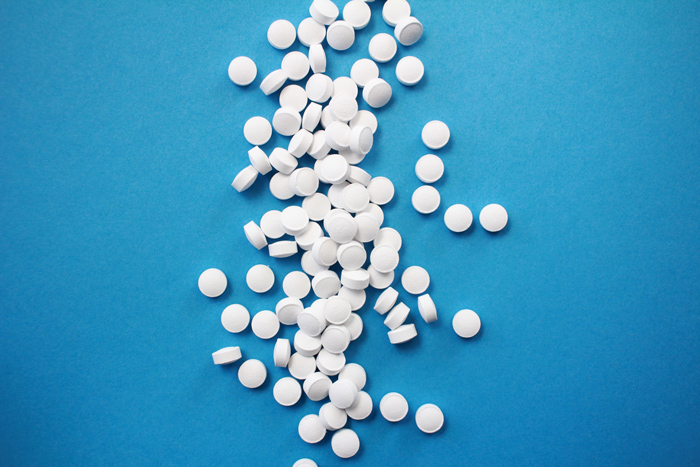 There has been a rise in heroin related overdoses due to these two opioids, Fentanyl and Carfentanyl. They are related to heroin but are much more potent. Fentanyl is said to be 10 to 50 times stronger than morphine. Carfentanyl is said to be 10,000 times stronger than morphine. It is used to tranquilize elephants and a single granule is enough to kill a man.
There has been a rise in heroin related overdoses due to these two opioids, Fentanyl and Carfentanyl. They are related to heroin but are much more potent. Fentanyl is said to be 10 to 50 times stronger than morphine. Carfentanyl is said to be 10,000 times stronger than morphine. It is used to tranquilize elephants and a single granule is enough to kill a man.
These two drugs are relatively cheaper to make than heroine. The drug cartels are consequently thinning out heroin by mixing in either Fentanyl or Carfentanyl. Many people have no idea of these dangerous drug mixes, a factor which police believe led to this spike in drug overdoses over a 6 day period.
These two additives are stronger and more intense than heroin and so they lead to bigger highs and deeper dependencies. This stuff is so dangerous that a a police officer accidentally overdosed just by brushing drug powder off of his uniform. He was lucky enough to be surrounded by first-responders equipped with enough nasal spray Narcan. Others aren’t so lucky.
These two drugs are especially dangerous because they are resistant to Narcan and Naloxone, two drugs used to combat the effects of overdose. It take 2 to 3 times more Narcan to combat an overdose of Fantanyl than heroin. Fentanyl and Carfentanyl will undoubtedly cause more death if nothing is done.
Even the Children
 There were a disturbing number of articles detailing how children were overdosing on opioids. It sickens me. For a large number, the children were exposed to drug use via a relative. Think about it, if you are four and you see grandma and her boyfriend pass out while driving (yes that really happened) what kind of life do you imagine for yourself. There are negative feedback cycles that we need to stop. Drug use is one of them.
There were a disturbing number of articles detailing how children were overdosing on opioids. It sickens me. For a large number, the children were exposed to drug use via a relative. Think about it, if you are four and you see grandma and her boyfriend pass out while driving (yes that really happened) what kind of life do you imagine for yourself. There are negative feedback cycles that we need to stop. Drug use is one of them.
One heartbreaking example I saw was where a father told his young son why his mother had died from overdosing on drugs. This problem is everywhere. It is a great risk for everyone. Ohio Police Chief John Lane said in reference to the Police Officer who overdosed from brushing drug powder from his uniform:
“Think about this,” he said. “Nobody sees that on his shirt. He leaves and goes home, takes off that shirt, throws it in the wash. His mom, his wife, his girlfriend goes in the laundry, touches the shirt — boom. They drop. He goes home to his kid. ‘Daddy! Daddy!’ They hug him — Boom. They drop. His dog sniffs his shirt, it kills his dog. This could never end.”
Despite what those think who seek to legalize all intoxicating substances, it does have a price. That price is often paid by the young, the very old, and those who want nothing to do with drugs.
The Job Market
 Amazingly, opioids are also contributing to the unemployment rate. There is a sizable amount of people that would otherwise accept and enjoy certain jobs but can’t qualify because they can’t get sober. There was even one employer who saw so many applicants fail drug tests, he now just asks potential employees, “What are you on?” This epidemic is breaking our economy, not just our families.
Amazingly, opioids are also contributing to the unemployment rate. There is a sizable amount of people that would otherwise accept and enjoy certain jobs but can’t qualify because they can’t get sober. There was even one employer who saw so many applicants fail drug tests, he now just asks potential employees, “What are you on?” This epidemic is breaking our economy, not just our families.
Opioids are also contributing to the push to automate. Some employers find it easier to employ one person to do what five could do when aided by technology. In a world that is constantly changing, employers are having to adapt to new economic and social impositions. If people can’t sober up to operate heavy machinery, then the cheaper alternative might be to automate.
So What Can We Do?
There seems like so much we can do, and yet so little. In a Senate Hearing I listened to, they discussed both the supply and demand. I’m inclined to agree with Ohio Attorney General Mike DeWine and his opinion that we need to take a holistic approach. We need to stop the supply and change demand.
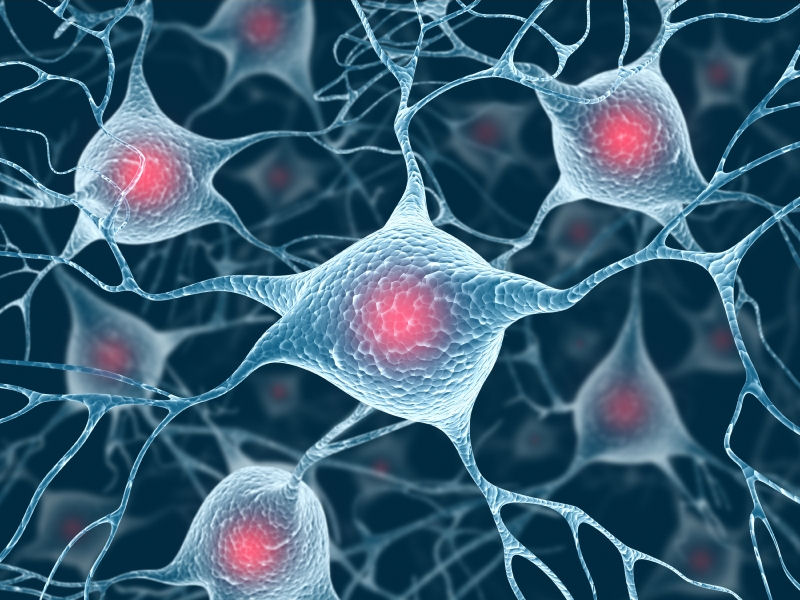
Demand
I would suggest we change our mental paradigm regarding opioids. In America, if you have a bump or a bruise, the first thought is to rush to the medicine cabinet. We are so pain averse. I think that’s why Americans are among the top consumers of television along with opioids. We seek to escape any sort of discomfort.
I know there are those with chronic pain. I have some indication of how that is; someone very close to me has suffered chronic pain for my entire life. He also knows the importance of scaling back the use of opioids and has recently halved his usage. Even during that Senate Hearing, I talked about, it was mentioned there have been studies that show that chronic pain is not even helped by opioid pain killers.
We also should advocate a full media revolution. Similar to that taken up to teach people about tobacco, we can push information out to the masses. It is the generally less-educated and those with less opportunity who most often fall into this sort of addiction.
Supply
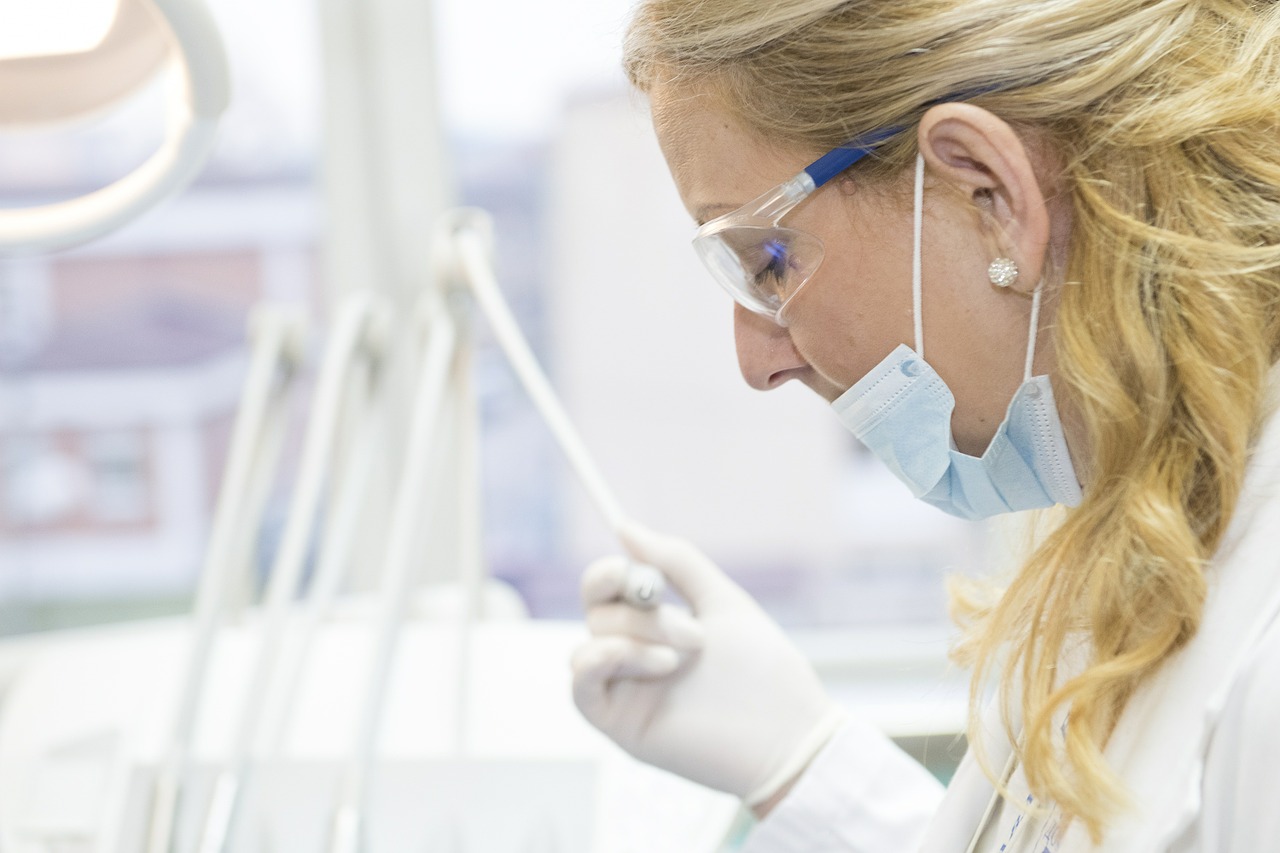 Unfortunately, around half of all opioid overdoses are linked to prescription painkillers. That means that there are those profiting off of addiction both legally and illegally. There should be a push to doctors to really consider how many painkillers they should prescribe.
Unfortunately, around half of all opioid overdoses are linked to prescription painkillers. That means that there are those profiting off of addiction both legally and illegally. There should be a push to doctors to really consider how many painkillers they should prescribe.
Some companies are even engineering ways to quantitatively measure pain. Such breakthroughs will help doctors correctly prescribe adequate dosage and also prevent “doctor shopping,” a technique used to procure pain meds from multiple doctors.
There are even some machines being created to help dull pain without chemical pain meds. Machines such as Quell stimulate the receptors that inhibit pain. Innovations of this type can help bring our perspective up and out of the “pharmaceutical bubble” where America is very stuck.
Recovery
This section is primarily for those suffering under the burden of addiction, and those who want to help a loved one. It’s good information for everyone, though.
Withdrawal
A very important thing you need to know about recovering is that you will have to go through withdrawal. I write this as a friend of mine goes through a weekend of opioid detox. Withdrawal is a very difficult part of recovery because your body becomes your worst enemy. You feel sick, you can’t eat, you will feel like you are dying. In essence, you are in a way. Your body has come to think that homeostasis means being high. Not being high, therefore means death.
I found this explanation of withdrawal from Narconon.org:
The first barrier that must be faced is withdrawal. Anyone who has been through an unassisted opiate withdrawal knows how dreadful they are. Symptoms and severity vary, but most people experience bone-deep aches, muscle spasms, incessant restlessness and a deep, overall sickness. Vomiting and diarrhea, sometimes simultaneous, are common. And the depression that accompanies these symptoms is no help.
You probably won’t die, but you should still have someone else there anyway. It’s safer, and you need their support. Remember how we said addiction is generally a symptom of a deeper problem. For a lot of the addicts I’ve met and talked to, one of those deeper problems is searching for a deep and meaningful connection. Don’t do it alone. You probably won’t get far.
All Sizes Fit
 Recovery should be a very efficient process. That means that you need to use whatever honorable means to get clean, to change your paradigms, and for Latter-day Saints, to feel the Spirit every single day. I would recommend the Church’s 12 step program because it is based on the original Alcoholic’s Anonymous system, but it incorporates the restored Gospel as well. It carries a particularly strong Spirit with it too.
Recovery should be a very efficient process. That means that you need to use whatever honorable means to get clean, to change your paradigms, and for Latter-day Saints, to feel the Spirit every single day. I would recommend the Church’s 12 step program because it is based on the original Alcoholic’s Anonymous system, but it incorporates the restored Gospel as well. It carries a particularly strong Spirit with it too.
That said, not everything is going to work the same for everyone. Every addiction is different in severity, duration, and frequency. Therefore consult with the Lord through prayer on how to best overcome your addiction. I would suggest teaming up with your local Bishop or Branch President, and with a qualified health and mental care professional.
As far as therapy goes, the Church has many powerful resources, but there are also newer online initiatives as well. Companies like TalkSpace are revolutionizing the way we get therapy by putting it online. There are so many resources.
Long Game
The first paradigm shift you have to go through is changing to long term strategies. Some people might think if I can just stop for a week, I’ll be good. Maybe that works, but in my experience… it doesn’t. You need to adopt the strategy that you are recovering for life. That means whatever skills and practices you develop to end your addiction will be relevant for the rest of your mortal journey.
This is another reason why finding those deep connections is so important. With faithful friends, family, and loved ones, the long journey is easier. It becomes much more worth it as well.
DO NOT EVER GIVE UP
 The biggest mistake any addict can make is thinking (especially after a relapse) that it is hopeless. There is always hope. Christ is the One who decides when it is over. He is the judge. I guarantee He is the first one to grab you by the shoulders and pull you to your feet to try again. He shouldered the weight of everyone’s personal addictions. He is the guarantor of eternal hope.
The biggest mistake any addict can make is thinking (especially after a relapse) that it is hopeless. There is always hope. Christ is the One who decides when it is over. He is the judge. I guarantee He is the first one to grab you by the shoulders and pull you to your feet to try again. He shouldered the weight of everyone’s personal addictions. He is the guarantor of eternal hope.
If there is someone you love who is struggling, don’t give up on them either. We were not put on this Earth to lose, fail, or quit. Keep trying. Keep pushing. Don’t stop moving your feet. This section is perhaps the most important section of this entire article. If you get nothing else, but the fact that you shouldn’t quit, then I’ve done my job.
Let’s Stop the Opioid Epidemic
It is a real problem. It’s not going to go away. We need to stand up and fix it. There are thousands of people being exposed to opioids and thousands developing dependencies that will eventually take their lives. Each one of those people is part of our family. They need our help.
I hope you’ve felt something deep and moving from this article. I hope you think about opioids differently and share your knowledge and emotions with others. We need to spread the message and bring to light this epidemic. We need to act before it’s too late.
Go ahead and share your success stories below.


